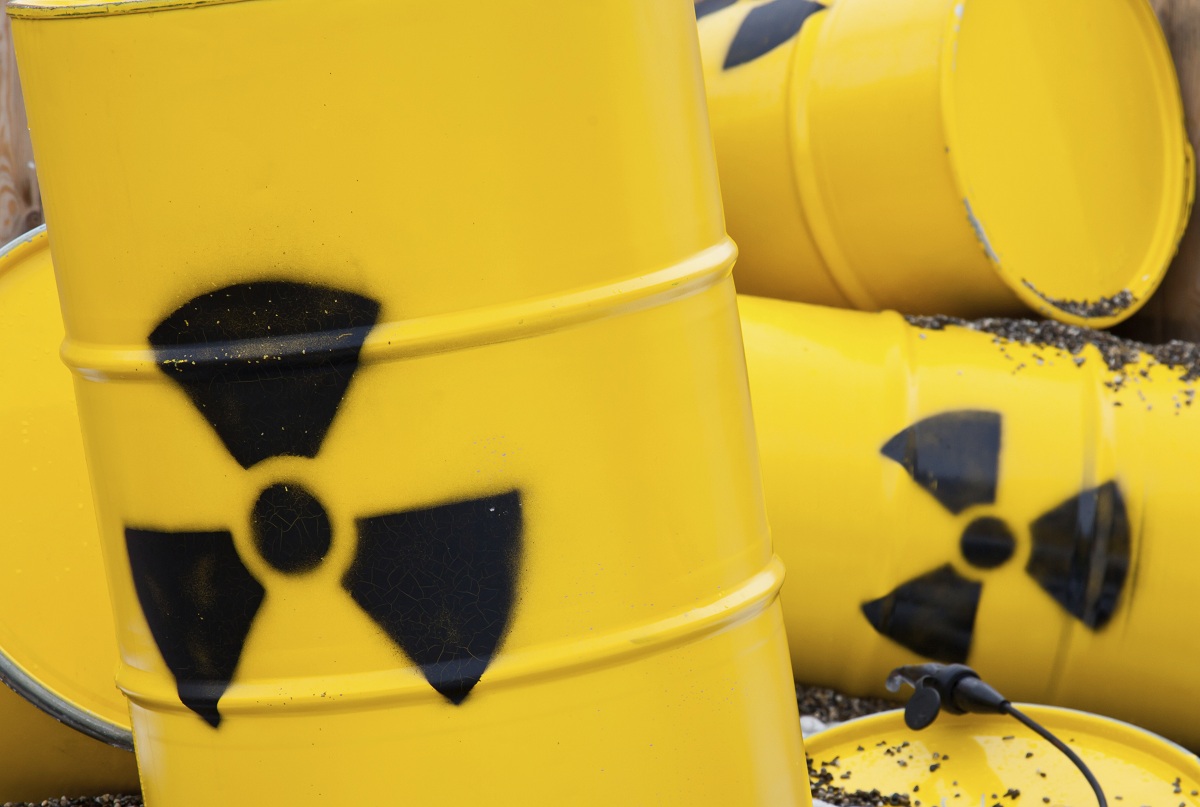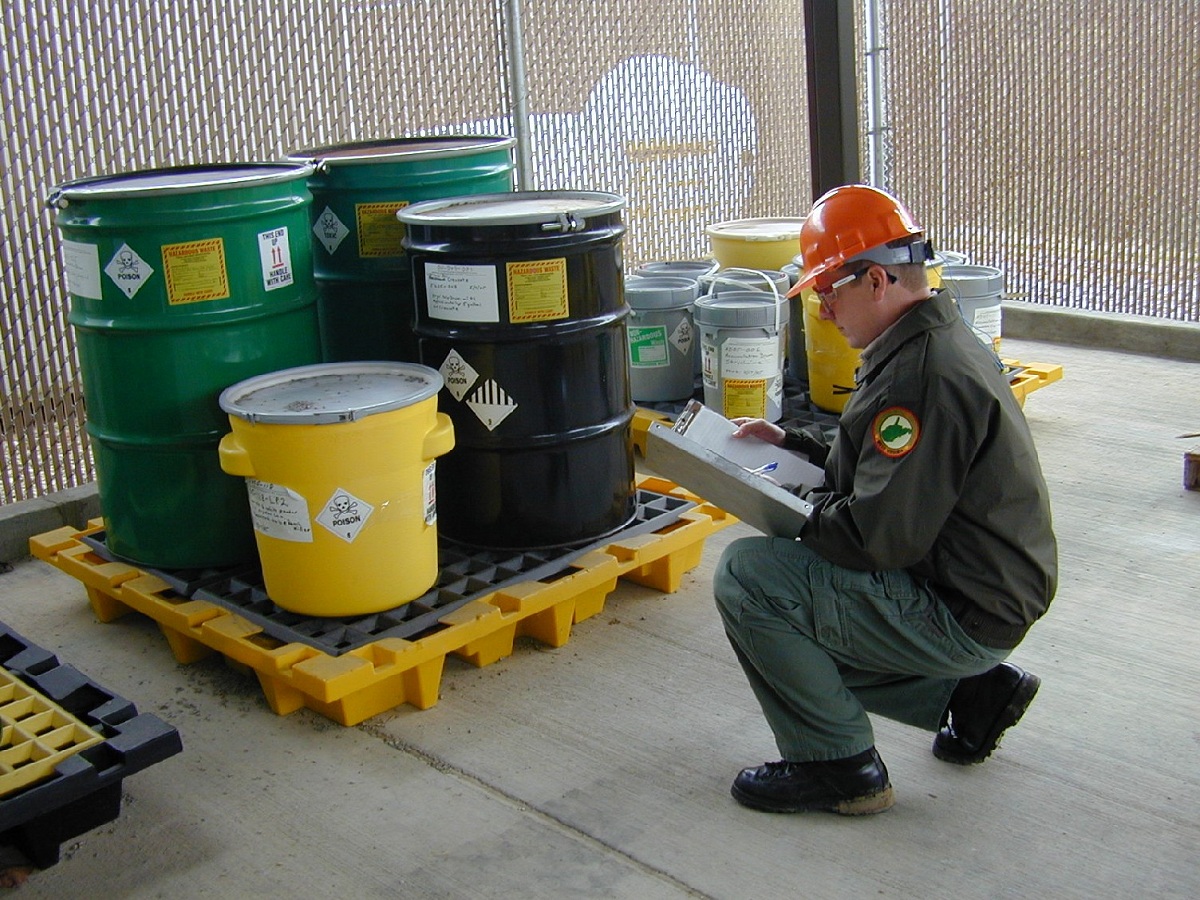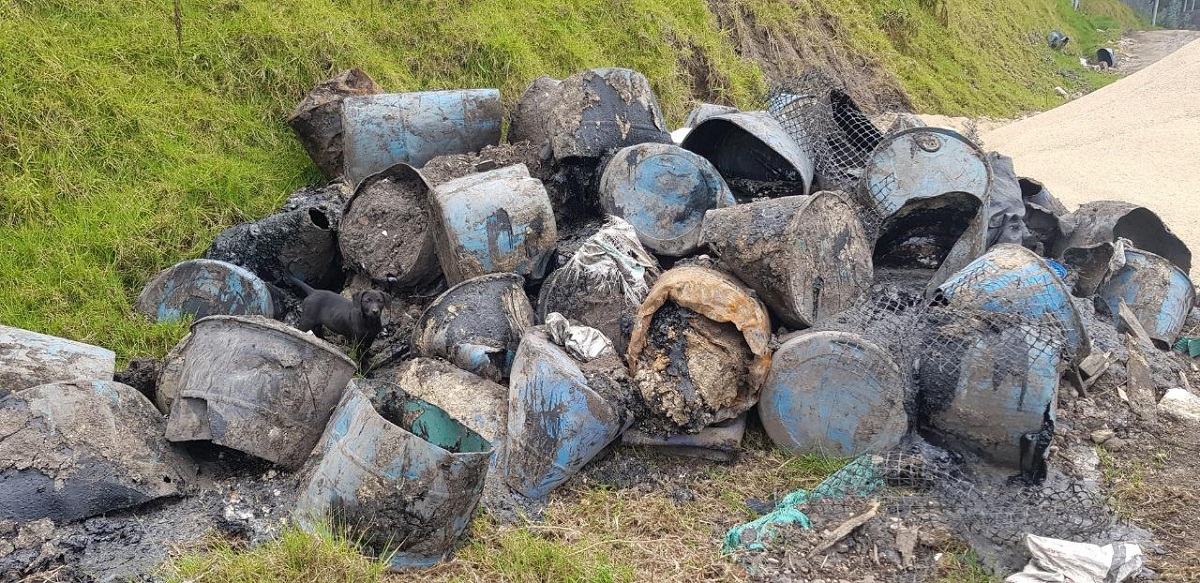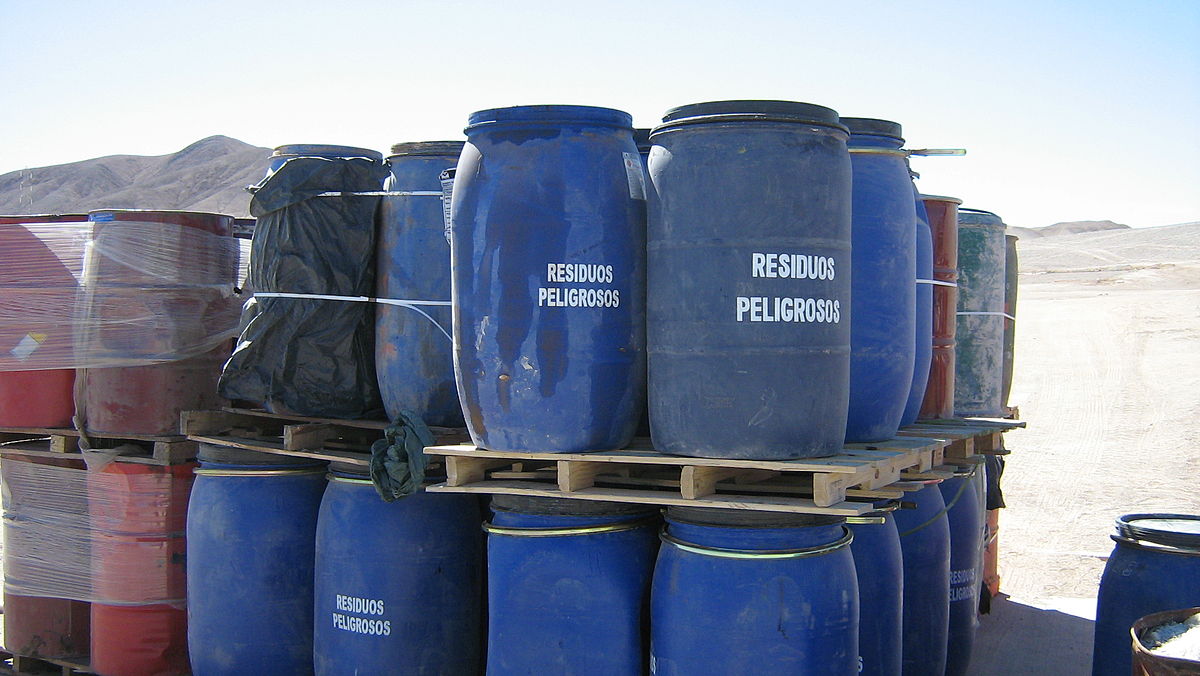
As we know, there are many types of waste depending on its composition and use. They are mainly classified from the wood in which they have been created and from which it can be treated for reuse and recycling. One of the types of waste that is most important when it comes to managing it properly are dangerous residues. This is because they are those wastes that can cause more impacts to the environment than conventional waste.
Therefore, in this article we are going to tell you all the characteristics, management and origin of hazardous waste.
Key features

Among the most important wastes when it comes to managing solid waste are hazardous waste. This type of waste may or may not be recyclable. What mainly characterizes this type of garbage is that it presents a very high risk both for the environment and for human health and for animals and plants. This means that they are waste that has to be managed in a special way in which conventional management can be carried out. In a specific way, beings that differ from other types of waste, the most common is that they do not present such a specialized danger for both people and the environment.
Each type of hazardous waste has its own associated management protocol to ensure its correct management and does not become a danger later.
Classification of hazardous waste

We know that the classification of this type of garbage is not unitary. This means that the regulations have to refer to some of them in order to better classify them. However, in most cases they are classifications that are equivalent to each other. This indicates that, although they are classified differently, the waste remains the same regardless of where it is found. This is how we can ensure and consider the general classification of the most common hazardous waste. Let's see what the most common classification:
- Corrosive hazardous waste: They are those that present the risk of corroding any surface with which they come into contact. The most normal thing is that they are waste composed mainly of acids.
- Hazardous waste due to chemical reactivity: much of the waste comes from chemical reactions in the industrial environment. They can also corrode the surface with which it comes in contact or even become explosive. They are residues that, by themselves, are not extremely dangerous, but that can become so if they react with other substances in the presence of oxygen.
- Explosive waste: They are those that can explode if they are not managed correctly. These can be the most dangerous to deal with.
- Flammable waste: are those that are quite sensitive to heat. If not treated correctly, it can easily burn.
- Toxic hazardous waste: are those that derive from toxicity and can be dangerous to the health of both people and animals and plants. We have two varieties of this type of waste: organic and inorganic.
- Radioactive waste: they are wastes whose danger derives from the emission of radiation. A large amount of radioactive waste is emitted in nuclear power plants that must be treated correctly.
Examples of hazardous waste

Once we have classified the different types of hazardous waste that exist, we are going to see some examples. Since there are many hazardous wastes in the different categories, we are going to give some examples and more common reactions of the main wastes within each category:
- Corrosive: are those that are characterized by being corrosive when in contact with a surface. There are those that are acidic, such as sulfuric acid. Acid rain known to have polluting effects is derived from sulfuric acid.
- Hazardous waste due to chemical reactivity: They are those that come into contact with other substances that make them react chemically. All substances used in laboratories can be mentioned as well as many heavy metals. Among the most used heavy metals we have mercury, cadmium was the back among others.
- Explosives: They are one of the most dangerous to treat since it can explode when in contact with heat sources. The clearest case would be that of dynamite or gunpowder.
- Flammable: are those substances that can burn easily and can also be explosive in some specific situations. In most flammable hazardous wastes classified as those derived from petroleum or natural gas.
- Toxic: They are all those that are toxic to the health of both people and animals and plants. In the case of inorganic waste, some of the most common substances are arsenic and mercury. These are considered heavy metals and can contaminate water and soil. In the case of organic waste, the most common example is those from health centers such as hospitals and laboratories.
- Radioactive hazardous waste: They are those that emit radiation and can also be dangerous to health. Most of them come from uranium and plutonium, which are the heavy elements used to generate nuclear energy.
Treatment and management
When handling this waste, some factors must be taken into account. First of all, only those people who have the proper training for it can do it. This is the best way to avoid possible problems when managing this waste irresponsibly. Thus, it is essential that an expert in the field have been in charge of managing said waste. These types of people handle hazardous waste thanks to the fact that they have received complete and necessary training to be able to do so under mandatory safety conditions.
It should be mentioned that the management of hazardous waste has to be done with a material and tools necessary for its management. For example, it is important to have clothing and equipment that can serve to reduce the risk of accidents. There are some types of waste that can pose a threat to the person who handles it and the rest of their environment.
Finally, each type of hazardous waste can have a complete way of being managed. There are some management protocols corresponding to each case. It is not the same to handle a radioactive waste than an organic toxic waste.
I hope that with this information you can learn more about hazardous waste and its characteristics.